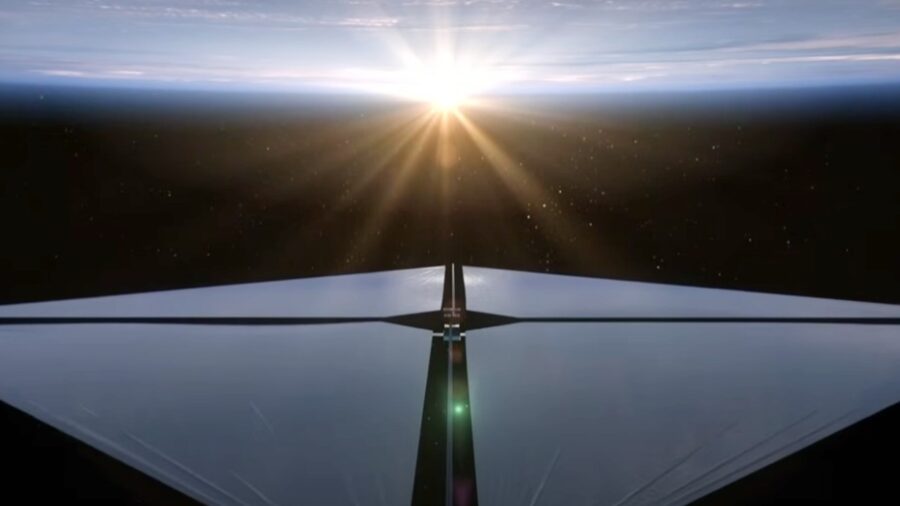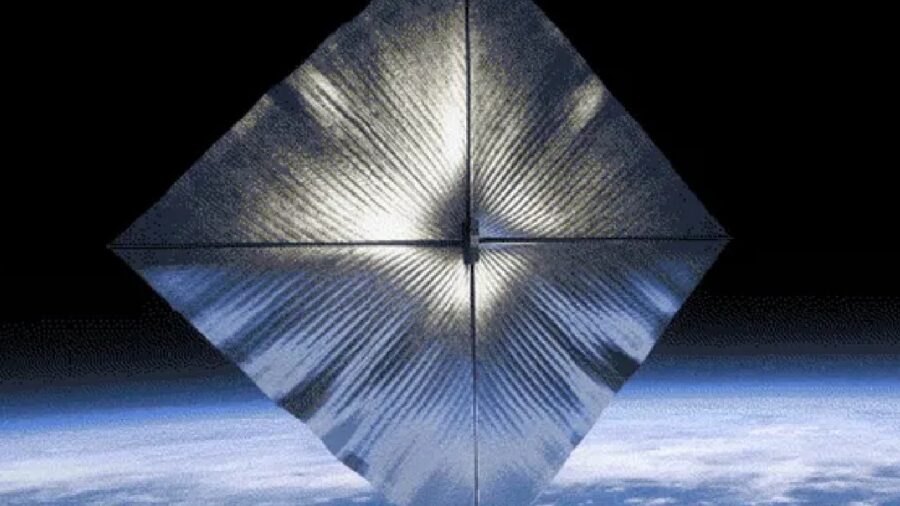NASA Solar Sail Damaged While Orbiting Earth

In April 2024, NASA launched its first iteration of the Advanced Composite Solar Sail System, or ACS3, in order to test the viability of solar sailing, a brand new propulsion method that NASA believes could significantly advance humankind’s exploration of the solar system in the near future. However, in a recent update on the ACS3, NASA scientists have reported that the solar sail is currently tumbling while in orbit due to a slight bend to one of the spacecraft’s four primary booms that support its sail.
While the damage to the boom has slightly altered the flight path, NASA operators of the ACS3 are still analyzing the situation to determine the next course of action.
Controls Haven’t Been Turned On
According to NASA, following the successful deployment of the four booms and the unfurling of the solar sail, the Advanced Composite Solar Sail System remains in a slight tumble in orbit due to the fact that the operators of the spacecraft had previously turned off its attitude control system, which has yet to be re-engaged.
The team of operators had been forced to turn off the attitude control system thanks to the “changing dynamics” of the spacecraft while the solar sail was in its deployment phase. As stated in NASA’s update on the mission, the attitude control system applies forces to the spacecraft in an effort to maintain a very specific orientation while it travels in space, essentially acting as the spacecraft’s steering wheel.
Still A Successful Trial

While the tumble of the Advanced Composite Solar Sail System could be seen as a slight hiccup in the overall mission, the deviation could prove to be a tremendously informative test run for future flights. NASA says that the data it has collected from this solar sail flight test has already proven to be extremely valuable, offering vital insight into the viability of the technology.
For now, NASA predicts that the bend to one of the four booms of the ACS3 should not affect the spacecraft’s ability to maneuver and that future demonstrations of the solar sail should still go smoothly.
What’s Next?
As for Advanced Composite Solar Sail System’s next move, NASA operators are currently attempting to reposition the spacecraft, all while keeping it in a low-power mode until its solar panels are angled more effectively toward the sun. The team at NASA is working to possibly conserve the spacecraft’s energy for engaging in more critical tests, like attempting to achieve two-way communication between the ACS3 and the team on the ground.
Once the ACS3 is in prime position, mission operators will activate the spacecraft’s altitude control system and the spacecraft will be able to point its high-bandwidth radio antenna toward the ground station, allowing the team the opportunity to gather more data and calibrate the solar sail.
In recent years, NASA has been developing new deployable structures and other various material technologies for solar sail propulsion systems set for future deep space missions, with an eye on keeping the costs at a minimum.
According to NASA, the ACS3 solar sails employ the pressure of sunlight for propulsion, eliminating the need for conventional rocket propellant. The solar sails then harness the momentum of photons, using their slight yet constant push to travel through space, similar to a sailboat using the wind to glide through water.
Source: NASA













Login with Google